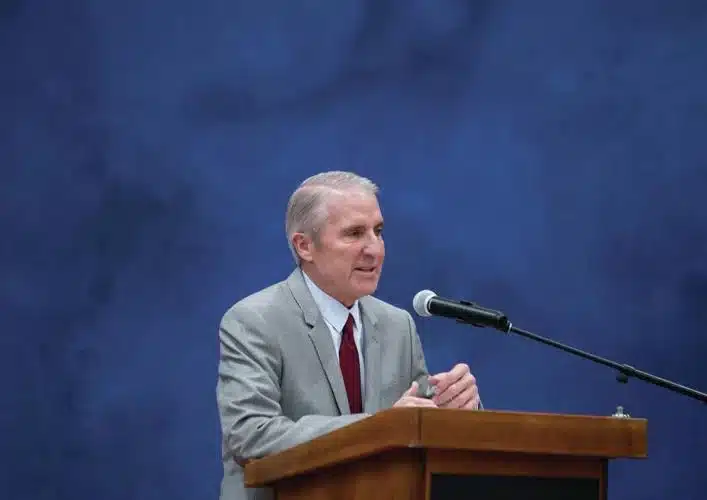8 of top 10 most performed composers are American or British
mainThe annual Bachtrack listings of who and what got played most often in 2019 reveals no startling new trends. But the list of most performed living composers is alarming.
It is hugely Anglo-US centric. Eight out of 10 of the most performed are American or British.
1 John Williams, 2 Arvo Pärt, 3 James MacMillan, 4 Philip Glass, 5 John Adams, 6 György Kurtág, 7 Eric Whitacre (pictured), 8 John Rutter, 9 Thomas Adès, 10 Steve Reich.
That’s a serious market distortion.







Comments